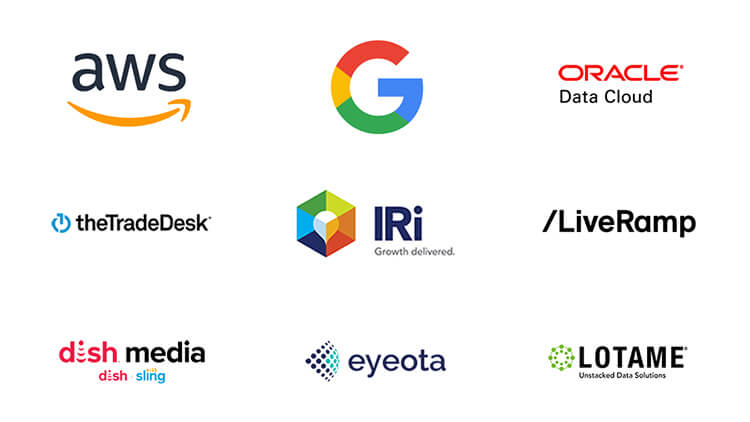
Customer data integration gives marketers an in-depth view of customer behavior, so you can better segment and target your audience. This provides the tools for more personalized messages and optimized campaigns. It can also help identify important trends in customer behavior, allowing you to make better decisions and improve your overall marketing strategies.
But what is customer data integration, and why should you care?
What is personally identifiable information?
PII is any information that can directly or indirectly identify a person. Direct identifiers, or linked information, are pieces of information that only link to a single person, which includes things like names, email addresses, phone numbers, and physical addresses.
Indirect identifiers, or linkable information, are any information that, while not necessarily pointing to a single individual, would make it much easier to identify an individual when combined with other information, considerably narrowing down the list of people that the information could pertain to. This includes things like job titles, IP addresses, location data, social media activity, and device identifiers.
The line between linked and linkable — or direct and indirect — can be blurry and will often depend on the context and the regulatory jurisdictions involved.
What information is not considered Pll?
If the information does not identify an individual, then it is usually not classified as PII. Two common types of non-PII information are anonymized data and aggregate data.
Anonymous data is any information about an individual that has been stored in a way that does not include any meaningfully identifiable details. An example might be website analytics data. Most modern websites can collect information on the approximate locations and browsers and devices being used to visit them. This is invaluable information for marketers, and since it doesn’t include any data that directly ties to one individual, it’s not considered PII.
Aggregate data refers to information that has been combined from many different people to create a larger body of data for statistical analysis. Since we aren’t looking at the various aspects of one particular person’s identity but rather a pool of information divorced from any one person, which provides a summary of the group’s demographics, this data wouldn’t be considered PII either.
Collection methods
Marketers often gather customer information through first-party methods, including channels like sign-up forms and purchases. PII can also come through second and third-party data sources, like social media platforms.
Personalized advertising
Marketers can use PII to personalize advertising messages and overall experiences for individuals. This can involve audience segmentation, targeted marketing, paid ads, and other strategies that use PII on the back end to deliver relevant messages to the right people.
De-identifying information
To protect PII, marketers often “de-identify” or anonymize it, which removes or replaces direct identifiers to make the data less personally identifiable for a customer. This process is used to make the data usable as a tool for analysis and marketing purposes while still protecting the privacy of any individuals involved.
Transparency with consumers
Businesses must be transparent about their use of PII in marketing, including obtaining consent from individuals when necessary. This involves providing clear and easily accessible privacy policies giving individuals the ability to opt out of unwanted marketing messages and data collection.
Navigate what’s next for PII with Experian
As more data becomes readily available to marketers and privacy concerns grow, a stricter set of regulations will likely be put in place, as well as enhanced privacy practices to protect PII. Over time, businesses will adapt to these changes to ensure compliance and maintain trust with their consumers. It will be more important than ever before for marketers to stay up-to-date and informed on the latest developments in PII regulations and privacy best practices to build trust with customers and ensure that their data is safe and secure.
Experian is at the forefront of privacy-first data practices. We are committed to providing you with the most accurate and best data for your marketing that complies with the ever-evolving landscape of PII compliance.
Contact us today to learn more about how we can help you navigate the new frontier of marketing.
How Experian can help
We can help you create marketing strategies catered to the specific preferences and behaviors of your current and prospective customers. We specialize in helping brands discover data-driven insights to make an everlasting impact on consumers.
Our data and identity products and services can help you learn more about customers and target audiences, leverage data resources, improve targeted marketing, create personalized campaigns, and optimize marketing strategies.
With us, you’ll understand your consumers better, make more effective data-informed decisions, and increase your customer base for bigger revenue.
Trusted by businesses across the industry

This site is protected by reCAPTCHA and the Google Privacy Policy and Terms of Service apply.